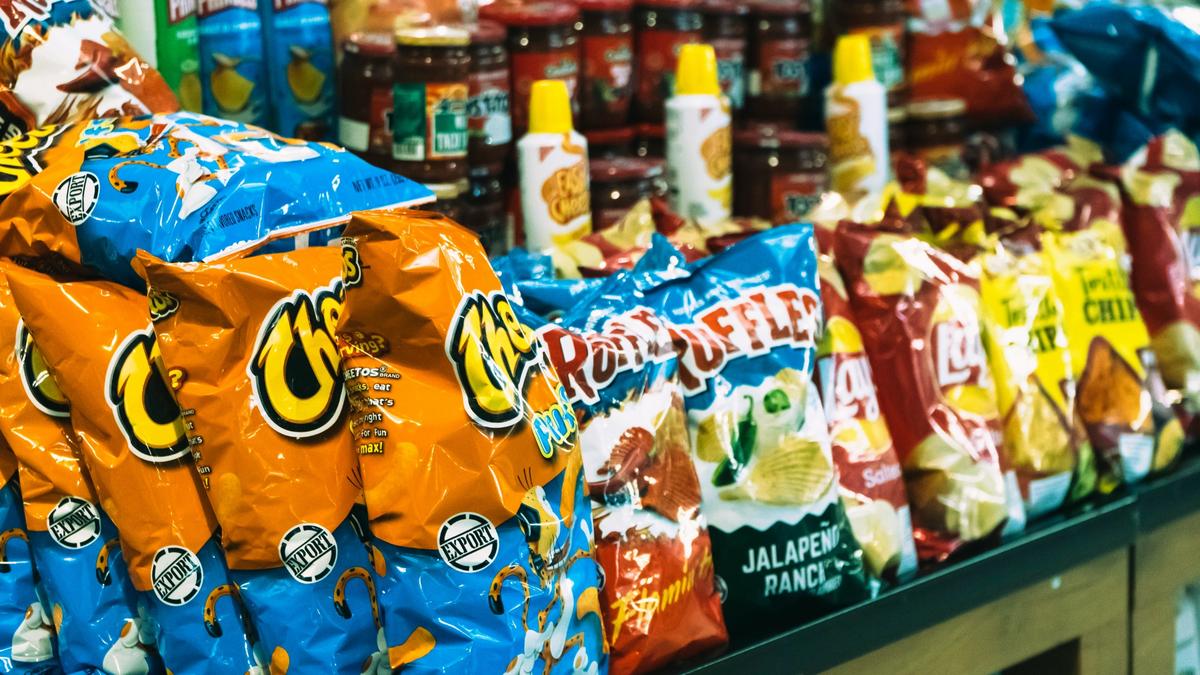Ultra-Processed Foods to Avoid: 2025 Checklist & Shopping Guide
Healthy’s Summary
Ultra-processed foods are sneaky. They’re not just candy bars and soda—think frozen pizza, protein bars, even some “healthy” cereals. These heavily modified products are linked to higher risks of obesity, heart disease, diabetes, and even depression. If you’re searching for ultra-processed foods to avoid, you’re not alone. It’s one of the top health concerns going into 2025.
This article explains what ultra-processed foods are, why they matter, and which ones to skip on your next grocery run. For personalized answers and real food solutions at your fingertips, try the Healthy app right now! Ask detailed questions, get tips, create meal plans and grocery lists, or have a conversation about which foods are the biggest offenders at your local market.
What Are Ultra-Processed Foods, Exactly?
If a food has more than five ingredients and you can’t pronounce half of them, there’s a good chance it’s ultra-processed. These products are made with industrial techniques and often include artificial flavors, colors, preservatives, and emulsifiers. They’re built to last on shelves—not nourish your body.
Common examples include:
- Sugary breakfast cereals
- Flavored instant oatmeal
- Packaged snack cakes
- Frozen meals with long ingredient lists
- Soda and artificially sweetened drinks
- Flavored yogurts with additives
The NOVA food classification system defines ultra-processed foods as industrial formulations that typically contain little or no whole food at all.
Why Should You Avoid Ultra-Processed Foods?
A growing body of research links ultra-processed food consumption with major health issues. According to a 2024 meta-analysis published in The BMJ, people with the highest intake of ultra-processed foods had a 24% higher risk of cardiovascular disease.
Other studies have tied these foods to:
- Increased weight gain and body fat
- Poor blood sugar control
- Higher levels of inflammation
- Disrupted gut microbiome
And it’s not just physical health. Some research suggests a possible link between ultra-processed food consumption and depression and anxiety.
Hungry for more, better years? Check out our article on eating for long life: ‘Eat to Age Less? These Anti-Aging Foods Could Help You Live Longer’
Which Ultra-Processed Foods Should I Avoid in 2025?
The Healthy app is great at offering suggestions for quick and easy specific food swaps, tips for spotting label red flags, or even creating detailed grocery lists and meal plans for eating as cleanly as possible. But here are a few common offenders, just to get you started:
- Flavored chips and cheese snacks
- Sweetened nut butters
- Shelf-stable salad dressings with additives
- Artificially flavored plant milks
- Canned soups with MSG or artificial thickeners
Try to swap these for minimally processed alternatives like:
- Air-popped popcorn
- Natural peanut butter (just peanuts + salt)
- Olive oil and vinegar-based dressings
- Unsweetened almond or oat milk
- Homemade or clean-label soups
Ask Healthy
How Can You Shop Smarter?
Stick to the outer edges of the grocery store—produce, meats, and dairy often live there. Read ingredient labels like your health depends on it (because it kinda does). A good rule of thumb: if your great-grandparents wouldn’t recognize the ingredient, skip it.
And don’t forget! You can use the Healthy app for:
- A printable grocery list of clean-label brands
- Ingredient red flags to watch for
- Quick meal prep tips using whole foods
A Final Thought
Cutting back on ultra-processed foods doesn’t mean going full caveman. It means being intentional. Small swaps—like choosing plain yogurt over fruit-on-the-bottom—can snowball into big changes over time.
Start by picking 3 items to swap this week. Your taste buds (and your gut) will adapt faster than you think.
Want to dig deeper?
Healthy Choices for a Cleaner Lifestyle
Discover how small, evidence-based steps can reduce your exposure to harmful chemicals and support a healthier environment. “Healthy Choices for a Cleaner Lifestyle” empowers you to make informed decisions about food, water, and household products. Learn practical strategies to minimize toxins, improve indoor air quality, and choose safer alternatives for you and your family. With personalized tips and tools, uncover how to optimize your living space, dietary habits, and daily routines for long-term well-being.
Enroll in one of Healthy’s Programs to log, track and learn more about your Health, one conversation at a time.
Learn More




